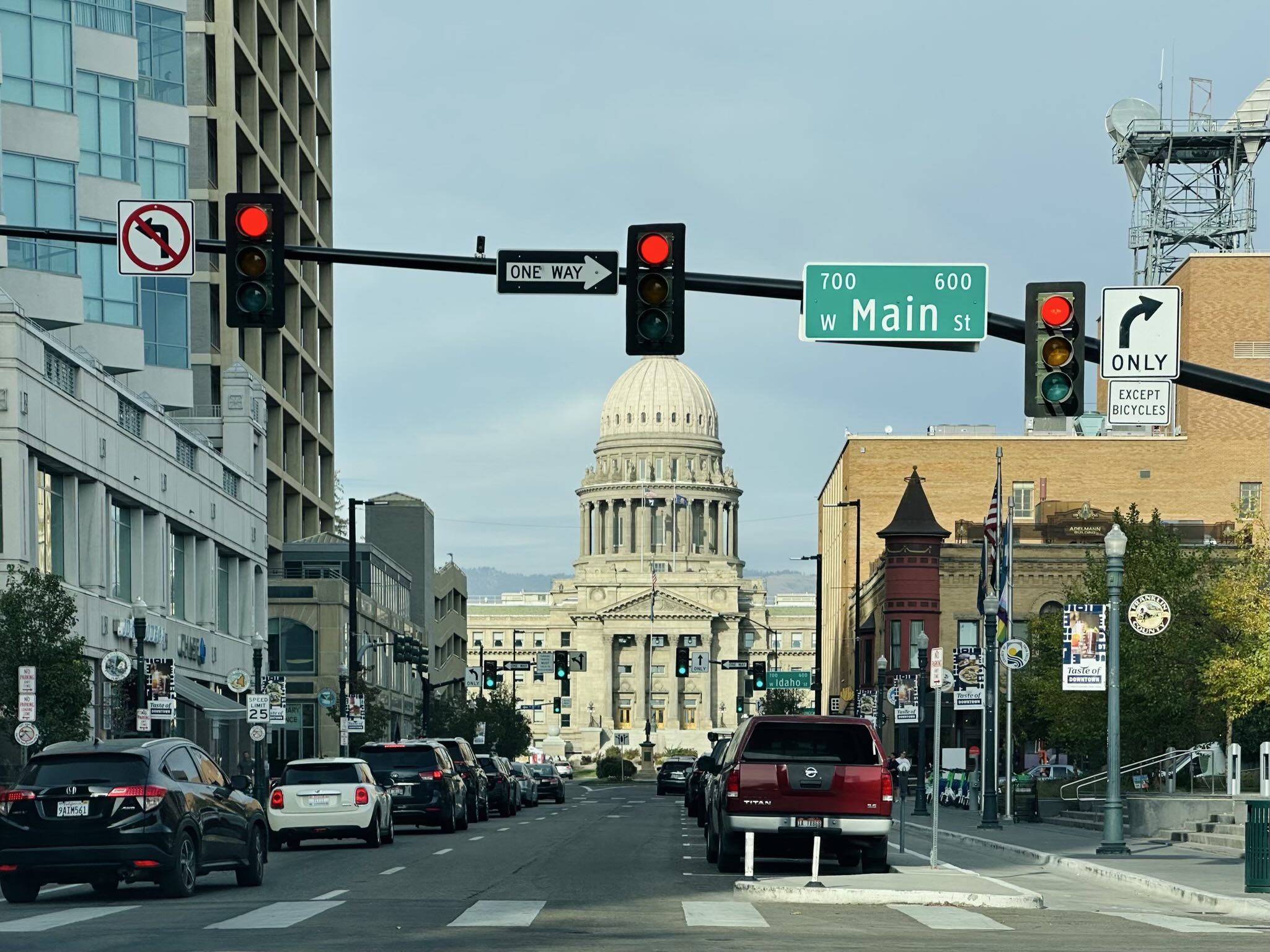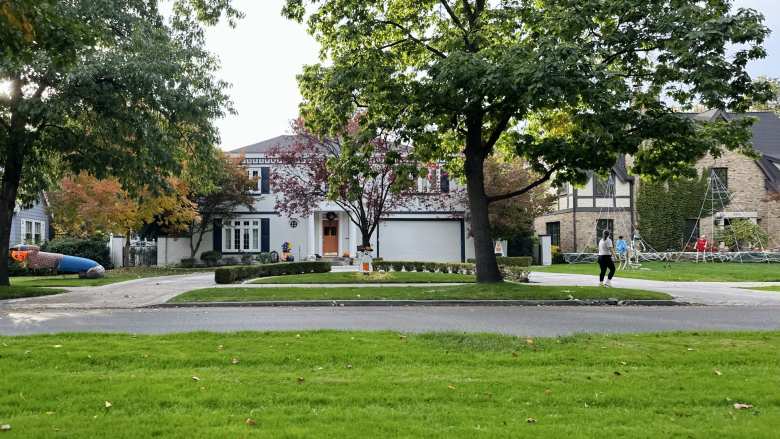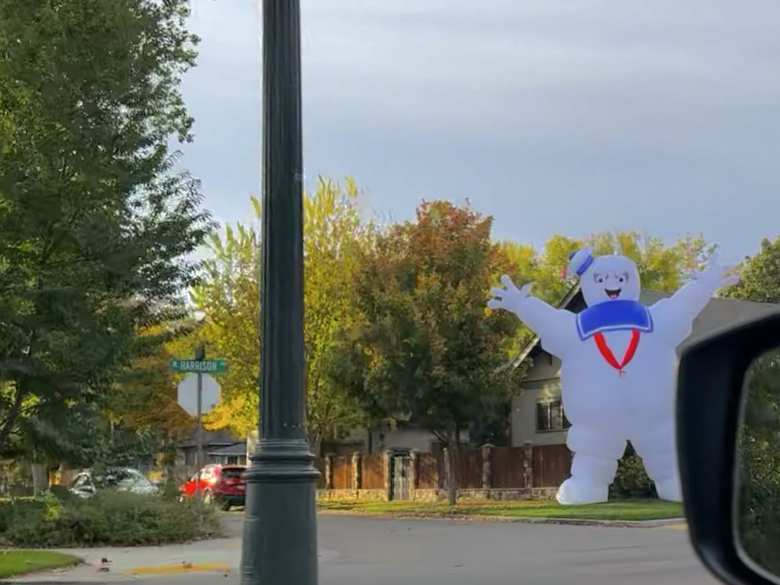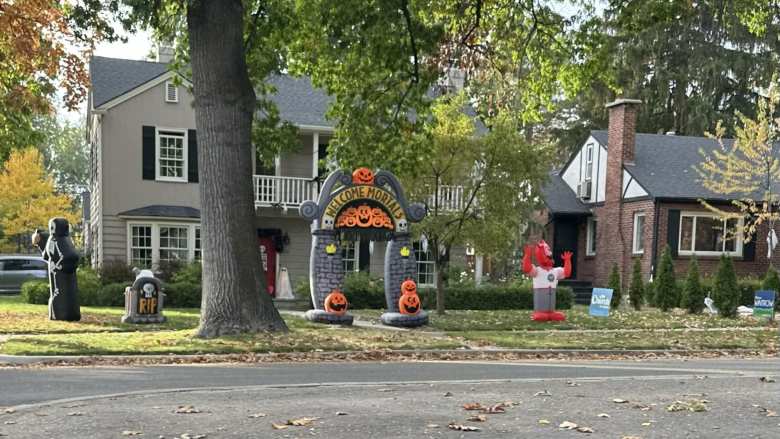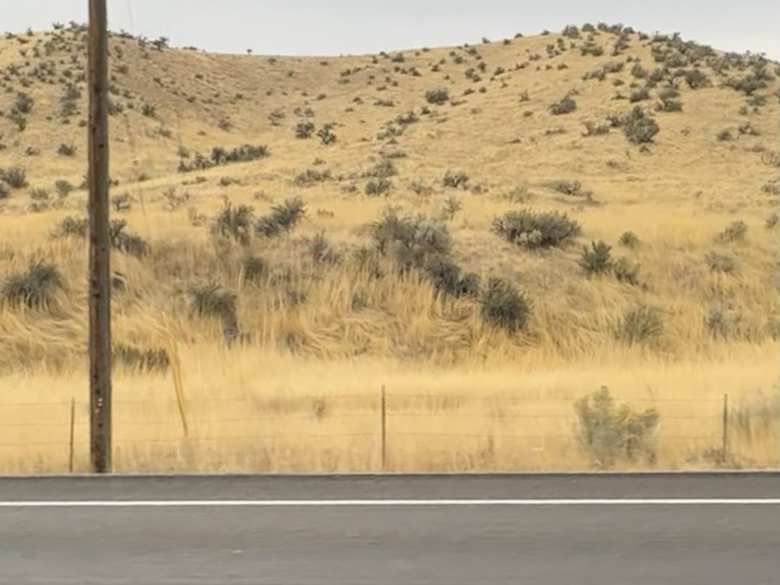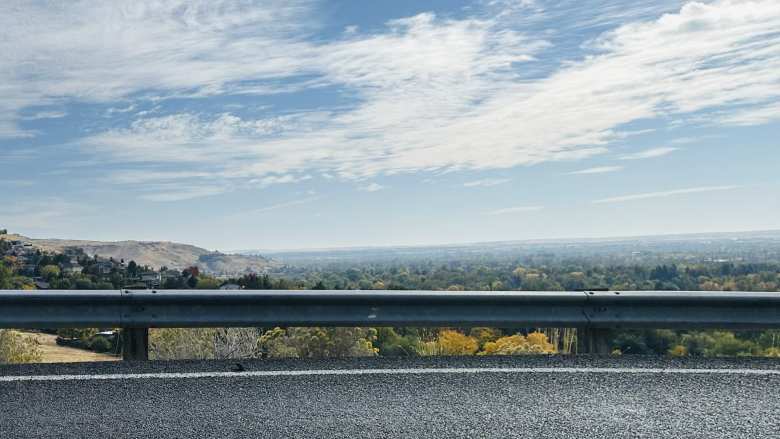Revisiting Boise: A Journey Through Time and Change
My first visit to Boise, Idaho, was back in 2005 during an epic Great American Road Trip, an exploration of a large part of the United States in search of where I wanted to live. With high hopes, I had set out to explore this city, especially knowing that northern Idaho is breathtakingly beautiful. Having competed in Ironman Coeur d’Alene two years earlier, I had a taste of Idaho’s scenic landscapes. As the capital of Idaho, Boise is nestled near the mountains, features a growing downtown, and boasts a burgeoning tech scene thanks to Micron. Plus, it had a reputation for low crime rates, which added to its allure.
However, I came away from that first trip somewhat disappointed. Perhaps my expectations were set too high. I was taken aback by the barren, brown hillsides, the city’s isolation, and the lack of significant bodies of water. Fast forward a decade or two, and I still hear positive things about Boise. I even passed through on a Greyhound bus on my way to the Trans Am Bike Race in 2015 and got a glimpse of its charm. I was even told that it was a lot like Fort Collins, Colorado—where I had ultimately relocated to—from people who had lived in both places.
Returning to Boise for the City of Trees Marathon nearly twenty years after my first visit gave me a fresh perspective on the city. Driving through southern Idaho again was an experience of visual famine along Interstate 84, with barely a tree in sight. It wasn’t until I neared the eastern Boise border that the landscape started to transform into something much prettier and interesting. Once in the city, I was greeted by an abundance of arbres—Boise truly lives up to its nickname, “The City of Trees.” I couldn’t think of many places in the inland West that boasts as much foliage.
One of the marathon’s highlights was the Boise River, which the route followed almost the entire way. While I wouldn’t call it a significant body of water, it added a pleasant touch to the scenery. I stayed in a hotel downtown, which was home to trendy eateries and fast casual chains such as Mod Pizza and Chipotle, as well as a popular Trader Joe’s, just blocks away from the capital building. Downtown Boise had its fair share of traffic, but it felt very walkable and clean. Unlike many larger cities, I didn’t notice a significant homeless population, which was refreshing. I also noticed people cycling and walking, highlighting the community’s active lifestyle.
The presence of the University of Idaho in the downtown area was evident, with many folks sporting Boise State Broncos gear. I found it amusing that their blue and orange colors closely resemble those of the Denver Broncos, which briefly put me in a state of confusion. The downtown skyline featured several high-rises with modern condos, likely offering some fantastic views of the foothills. However, the hillsides didn’t quite compare to the grandeur of the Colorado Front Range.
Driving through residential neighborhoods, I saw homes reminiscent of those in many Western towns, some quite grand and stately. Everything seemed well-maintained, and I was impressed by the lack of rundown areas or ghettos. One street, Harrison Street, stood out for its festive, often over-the-top Halloween decorations, as if the neighbors were competing to have the best display.
I drove down Hill Road, a designated bike route, and encountered a number of motorcycles enjoying the scenic ride. Boise is dotted with ample areas for hiking and recreation, such as the Polecat Gulch Reserve. For those seeking more outdoor adventures, Idaho 55 leads towards Horseshoe Bend, offering excellent opportunities for fishing, hiking, and camping.
Despite its charm, Boise felt somewhat isolated, with suburbs like Eagle, Meridian, and Nampa to the west of it. However, I could see the potential for cycling here, and I remembered Mateo Jorgensen, hands down the best American professional cyclist in 2024, hails from this area. He had an incredible 2024 season, making headlines by winning Paris-Nice and Dwars door Vlaanderen, finishing 8th in the Tour de France, and placing 2nd in the Critérium du Dauphiné.
The timing of my visit was perfect; the weather was beautiful—not too hot, not too cold. The trees were beginning to change colors, enhancing the city’s already picturesque atmosphere. Of course, residents would tell you that winters in Boise can be quite cold, with consecutive months of dark, overcast days and inadequate snow removal on side streets. Summers can see temperatures soar above 100°F several weeks of the year, but the low humidity makes it more bearable.
In terms of affordability, Boise is no longer the bargain it once was 19 years ago. However, I could easily imagine people priced out of the Colorado Front Range considering Boise as an alternative. Boise is no longer the low-cost-of-living city it once was—seemingly no city in the U.S. next to the mountains are anymore—but it is less expensive than Boulder or Denver. It does come with a degree of isolation, as the nearest large-ish city, Salt Lake City, is a five-hour drive away.
One of Boise’s standout features is its remarkably low crime rate, significantly below the national average. While Boise isn’t a sprawling metropolis, it is by far the largest city in Idaho, with a population of about 235,000. After spending time in Boise, I can see why someone compared it to Fort Collins—great for cycling, a vibrant brewery scene, a safe environment, a university presence, and a large choice of restaurants.
Of course, Idaho’s political climate is very different from northern Colorado’s, but one upside is the low tolerance for crime and drugs. There’s also a noticeably smaller homeless population than in more progressive areas.
Leaving Boise, I felt a much more positive impression than I did nearly two decades ago. At the same time, I gained an even greater appreciation for the beauty of the Colorado Front Range, a place I have had a home since late 2005. While Boise has its unique charm and appeal, its isolation is palpable, making it feel like a green island in a vast, brown desert. However, it’s worth noting that just 25 miles north of Boise, the landscape transforms into a more forested environment, showcasing Idaho’s natural beauty.
